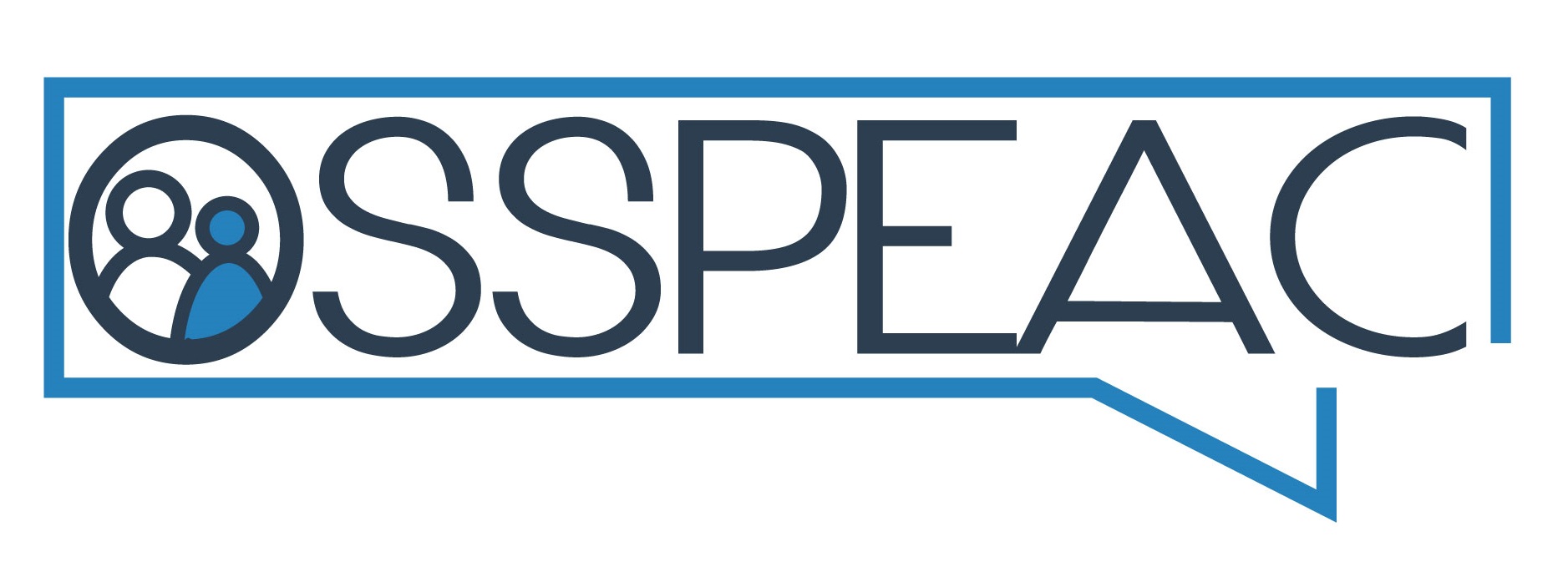April 2021 GAC Legislative Report
See Below for a quick recap of major issues being discussed this month:
The Ohio House recently put their mark on the state’s $75 billion two-year operating budget (HB 110). The House Finance Committee accepted a substitute version of the bill, which called for a 2% across-the-board income tax cut, which House Republicans suggest will save Ohioans approximately $380 million over the biennium. The House also included a massive overhaul of Ohio’s school funding formula. The “Fair School Funding Plan” was developed by now-Speaker Bob Cupp and was passed by the House last session but never gained traction in the Senate. The substitute version of HB 110 would fold funding for the governor’s Student Wellness and Success program into the school funding proposal. This program was developed by Governor DeWine last session and is designed to provide wraparound services to students. The governor made a significant investment in the program, calling for $500 million in FY 2022 and $600 million in FY 2023. The school funding plan proposed by the House would be phased-in over the next six years. The budget also includes $155 million in COVID-19 relief aid for restaurants, the lodging industry and entertainment venues, and new businesses.
A plan (HB 122) to codify the expansion of telehealth services implemented during the COVID-19 pandemic cleared the House after a handful of changes were made by the House Insurance Committee. The bill’s sponsor, Rep. Mark Fraizer, supported a change that would require coverage for asynchronous communication to be negotiated between the provider and a health plan. Under the amendment, an insurer would not be required to cover asynchronous communication that differs from coverage described in the plan. HB 122 received unanimous support in the House and now heads to the Senate fur further debate.
A pair of bipartisan legislators have introduced HB 198, or “Madeline’s Law,” which would expand health insurance coverage to include hearing aids for children up to the age of 21. Named after a Northeast Ohio girl whose parents brought the issue to lawmakers, the bill would require coverage of up to $2,500 per hearing aid every 48 months.
Patients in need of speech and hearing services will gain better access to care if legislation (HB 252) is passed that would enter Ohio in the Audiology and Speech-Language Pathology Interstate Compact (ASLP-IC). The ASLP-IC would allow audiologists and speech- language pathologists licensed in one state to practice in other states that enter the compact. The ASLP-IC has been adopted by 10 states, which makes the compact operational. Proponents suggest that this will increase access to care by allowing providers to offer telehealth services in other states, which can be helpful to patients, who will be able to receive the same telehealth services should they move to a different state.
Please click HERE to read the full report.
